The following ten rules of confidence are from the book the Confidence Gap by Russ Harris. I think they are a useful starting point if you are starting to develop genuine self-confidence. However, before I start, let’s make sure we are on the same page about confidence.
What is Confidence?
Before I start, let’s have a look at some definitions of confidence –
- “the feeling or belief that one can have faith in or rely on someone or something” ~ Google
- “a feeling or consciousness of one’s powers or of reliance on one’s circumstances” ~ Merriam-Webster Dictionary
- “a feeling of trust in a person or thing” and “belief in one’s own abilities; self-assurance” ~ Collins Dictionary
- “belief in oneself and one’s powers or abilities; self-confidence; self-reliance; assurance” ~ Dictionary.com
You can see by these definitions they refer to the feeling of confidence as well as the action of confidence.
Ten Rules of Confidence
Before sharing the 10 rules of confidence, can I encourage you to hold them lightly? Quite often when we talk about ‘rules’ we think they should be set in stone and can become quite rigid about them. As indicated above, they are a useful starting point!
Rule 1 – The actions of confidence come first; the feelings of confidence come later.
When I am working with people, quite often this statement is around the other way. However, the action comes first, the more you practise a skill, get better at it and get the results you want, you then start to notice the feelings of confidence. Yes, developing skills requires time and effort, however it is also a great way to develop genuine confidence. Harris offers the following to develop confidence –
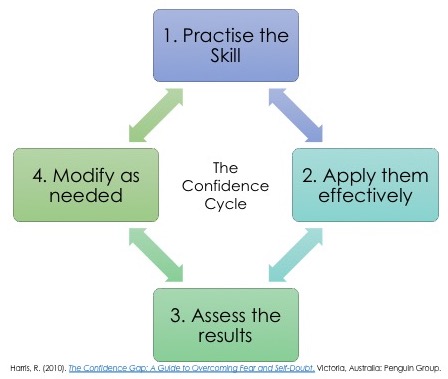
Rule 2 – Genuine confidence is not the absence of fear; it is a transformed relationship with fear.
People believe many things about fear and this is one of them. I still have fear today, however when I do have fear I know (most of the time) how to handle it. Yes, I have transformed my relationship with fear.
Rule 3 – “Negative” thoughts are normal. Don’t fight them; defuse them.
This rule relates to the one above. The more we resist negative thoughts, the more they persist. When the negative thoughts are there – I look at them, notice them and allow them to come and go (instead of fusing with them).
Rule 4 – Self-acceptance trumps self-esteem.
Self-acceptance is essential to living whole-heartedly (not just developing genuine confidence). There is a lot of research now indicating self-esteem correlates with arrogance and narcissism and prejudice and discrimination. Self-acceptance is realising we will make mistakes when we try new things and that it is normal to do so and that no-one is perfect. In the words of Michael Jordan –
“I’ve missed more than 9000 shots in my career. I’ve lost almost 300 games. 26 times, I’ve been trusted to take the game winning shot and missed. I’ve failed over and over and over again in my life. And that is why I succeed.”
Rule 5 – True success is living by your values.
What is success for you? Yes, truly! Values are guiding principles or standards of behaviour. They are like your internal compass guiding you and helping you stay aligned with your purpose. This one is summed up by the following quote –
“Developing inner values is much like physical exercise. The more we train our abilities, the stronger they become. The difference is that, unlike the body, when it comes to training the mind, there is no limit to how far we can go.” ~ His Holiness the Dalai Lama
Rule 6 – Hold your values lightly, but pursue them vigorously.
Holding your values lightly is important, other wise it can lead to rigidity (having a fixed mindset).
Rule 7 – Don’t obsess over the outcome; get passionate about the process.
Do you focus on the outcome or the process? Process is the way you go about something and the outcome is the results you achieve after what you have done. A few years back now, I wrote about my experience of starting to shift from outcome to process as I used to be very outcome driven. You can read about it here.
Rule 8 – Don’t fight your fear: allow it, befriend it and channel it.
In the book, the Confidence Gap, Harris talks about the ABC of Fear-Whispering. When fear shows up –
- allow it,
- befriend it, and
- channel it.
If you think about it, this process is very different from what we may have been taught.
Rule 9 – Failure hurts – but if we are willing to learn, it’s a wonderful teacher.
Failure does hurt and yes it is a wonderful teacher if we are willing to learn, just like these people –
Rule 10 – The key to peak performance is total engagement in the task.
For me I know this to be true from my days as a professional tennis player. Athletes call it “being in the zone” or the “flow state“.
Over to You…
I hope this post has given you some insight in to the 10 rules of confidence by Russ Harris. Which “rule” resonates with you the most? Feel free to share it below in the comments section! Also – please remember these are rules are only guides – so take what you need and let the other its go!
If you are ready to take yourself on the adventure of getting to know yourself (your true self), why not join the Toolkit? A place where I share tools, inspiration and ideas to live a courageous and openhearted life.
Reference –
Harris, R. (2010). The Confidence Gap: A Guide to Overcoming Fear and Self-Doubt. Victoria, Australia: Penguin Group.
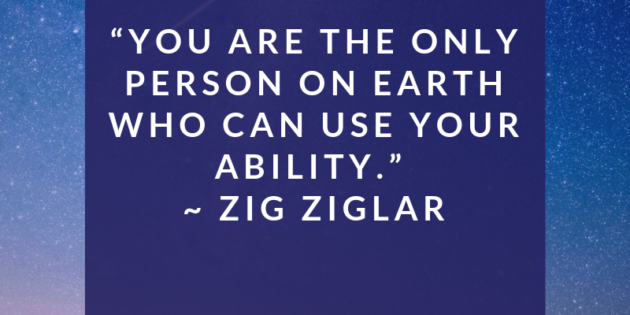




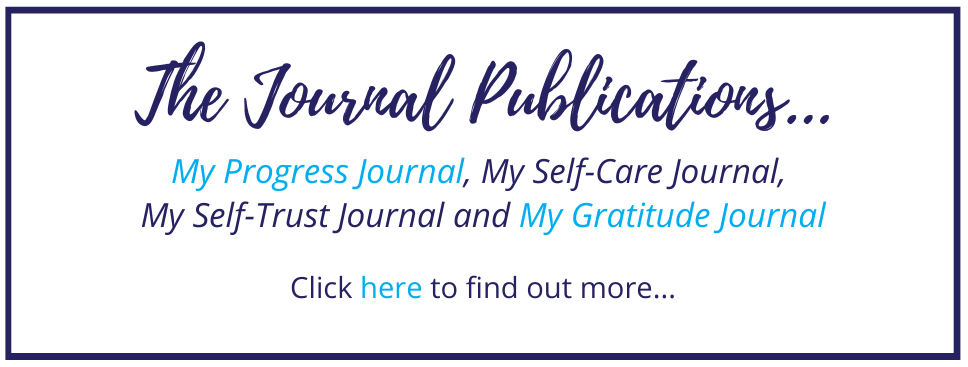

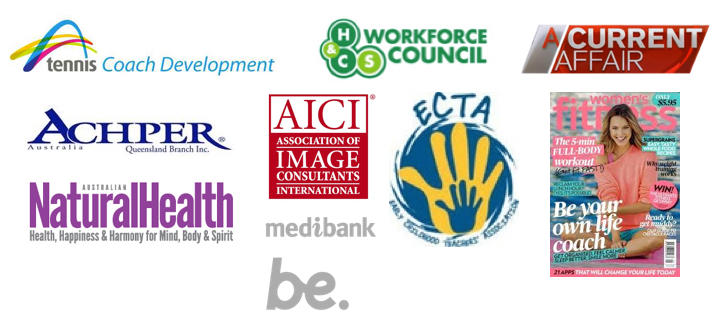
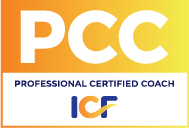








Leave A Response